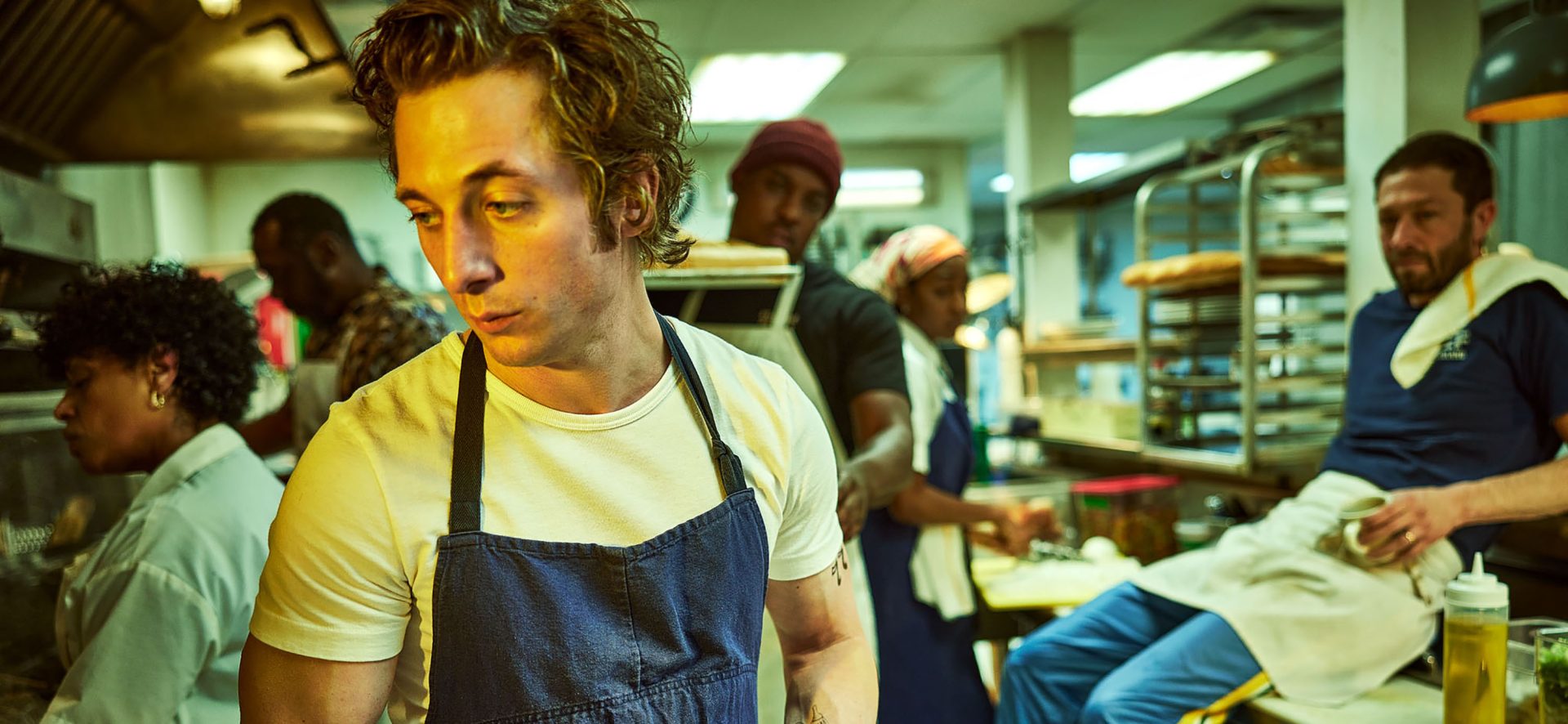
Take a look at our newest merchandise
In the event you’ve watched even a single episode of The Bear (Hulu), you’ve felt it: the noise, the warmth, the relentless tempo of an expert kitchen on the sting of collapse. However beneath the shouting, the slammed fridge doorways, and the boiling pots, there’s one thing deeper taking place—one thing a martial artist would acknowledge immediately.
Carmy, the present’s lead chef, doesn’t struggle in a dojo. He fights on the road. And what The Bear reveals—brilliantly—is that self-discipline, consciousness, and breath management aren’t only for warriors with swords. They’re for anybody within the fireplace who chooses to not panic.
Right here’s what The Bear teaches us about discovering calm in chaos—and the way martial philosophy helps us maintain our middle when every little thing round us is burning.
Management Begins with Breath
“When the thoughts is calm, the sword is at peace.”— Takuan Sōhō, Zen monk and swordmaster
In almost each episode, Carmy and his workforce are one mistake away from catastrophe: missed orders, damaged gear, emotional outbursts. However between the moments of mayhem, you’ll discover one thing—a pause, a breath, a reset.
This mirrors martial respiratory practices (like qigong or kokyu), the place controlling the breath is the primary line of protection towards concern, fatigue, or aggression. In high-stress conditions, shallow, reactive respiratory sends the physique into panic mode. Deep, managed breath anchors the thoughts, slows response, and invitations precision.
Lesson: Earlier than you react, exhale. Presence begins with oxygen.
Ritual is the Structure of Focus
“Repetition is the mom of talent.”— Historic martial proverb
From the knife roll to the “Sure, Chef!” affirmations, The Bear exhibits how ritual transforms stress into construction. When chaos builds, Carmy doesn’t search for novelty—he returns to routine. Mise en place (every little thing instead) isn’t nearly group. It’s about psychological readiness.
This mirrors how martial artists bow earlier than stepping onto the mat, tie their belt the identical means, or clear their weapon in silence. These are usually not habits of custom—they’re coaching for consideration.
Lesson: When stress rises, don’t search escape. Return to your ritual. It holds the form of your focus.
Calm is Contagious—and So is Panic
“The commander stands like a boulder within the stream.”— Solar Tzu, The Artwork of Battle
One in every of Carmy’s best challenges is management. Not cooking, however managing the vitality of the room. In martial programs, the chief’s posture and tone decide the rhythm of the group. When the senior stays calm, others stabilize. Once they snap, it echoes.
In The Bear, when Carmy maintains his composure, the kitchen breathes. When he lets anger or trauma take the lead, the workforce unravels. The identical is true in any setting—whether or not it’s a kitchen, workplace, or dojo.
Lesson: If you wish to lead, regulate your self first. You don’t must be loud to be in cost—it is advisable to be grounded.
Strain is a Trainer, Not an Enemy
“The best way is in coaching.”— Miyamoto Musashi
Most individuals keep away from stress. However martial arts and The Bear share a distinct view: stress is a part of the follow. It reveals what’s weak, sharpens what’s uninteresting, and calls for full consideration.
Carmy isn’t good—however he exhibits up. He stays within the fireplace lengthy sufficient to enhance not simply his craft, however his character.
Lesson: Don’t await motivation. Present up. Apply beneath stress is the place actual development lives.
Cultivating the Warrior’s Kitchen—In Life and Thoughts
You don’t need to work in a restaurant to narrate to the chaos in The Bear. You simply need to have felt overwhelmed. Overstimulated. One process away from snapping. In these moments, you’ll be able to default to panic—or prepare like a warrior:
Return to breath
Use construction to construct focus
Regular your physique to guide others
Let stress reveal your edge, not break it
As a result of the fireplace isn’t the issue. It’s the way you stand inside it that defines your energy.














